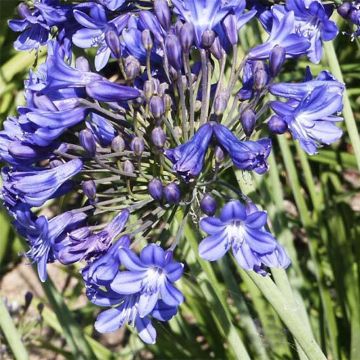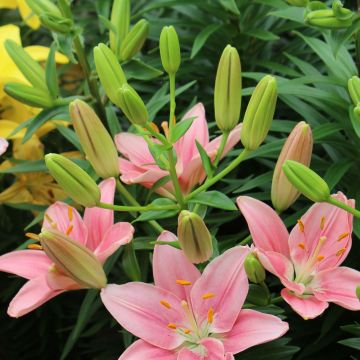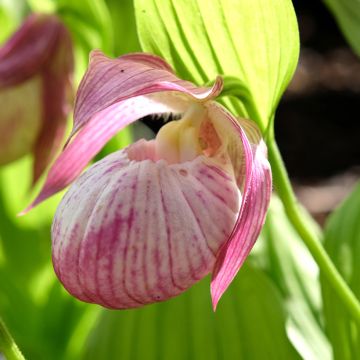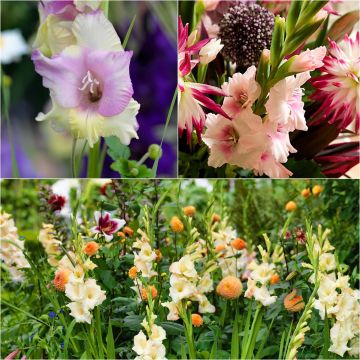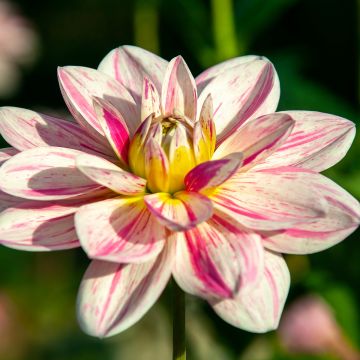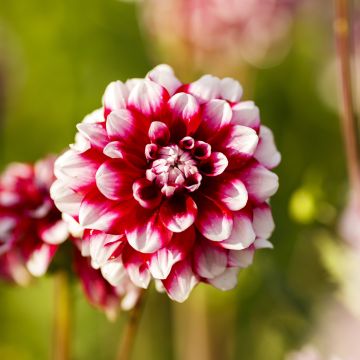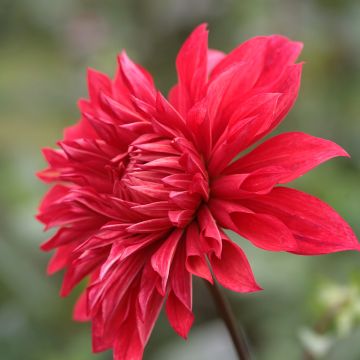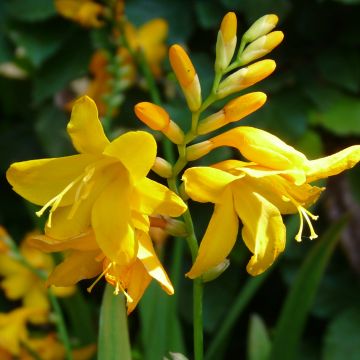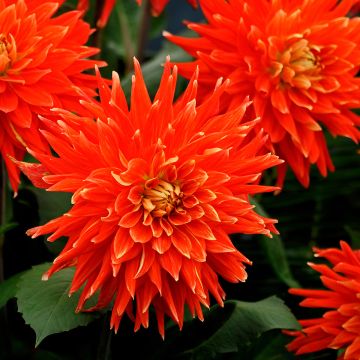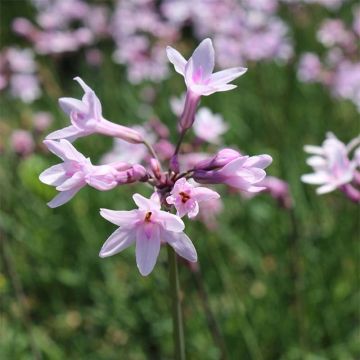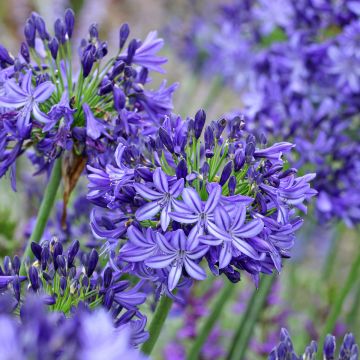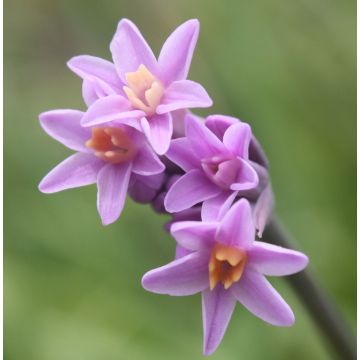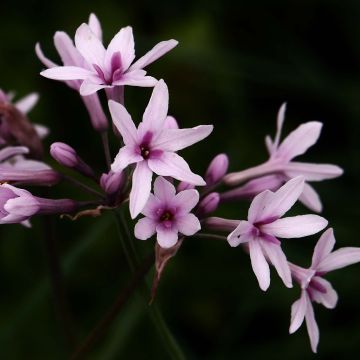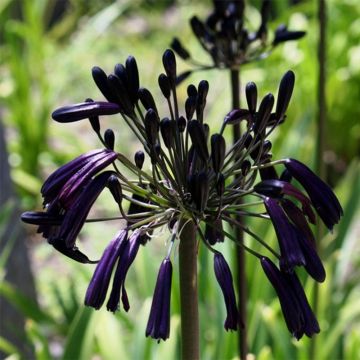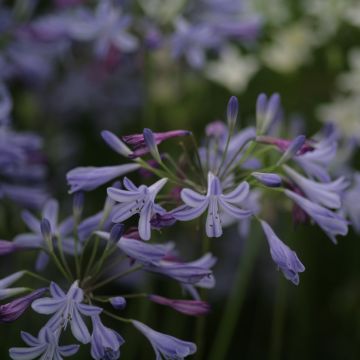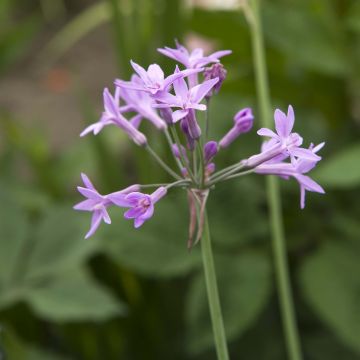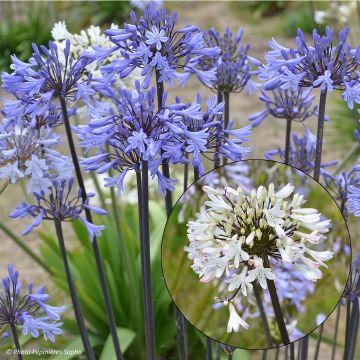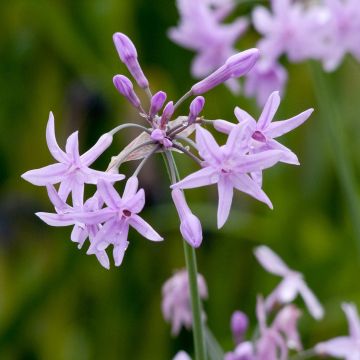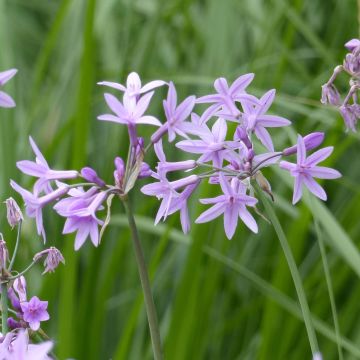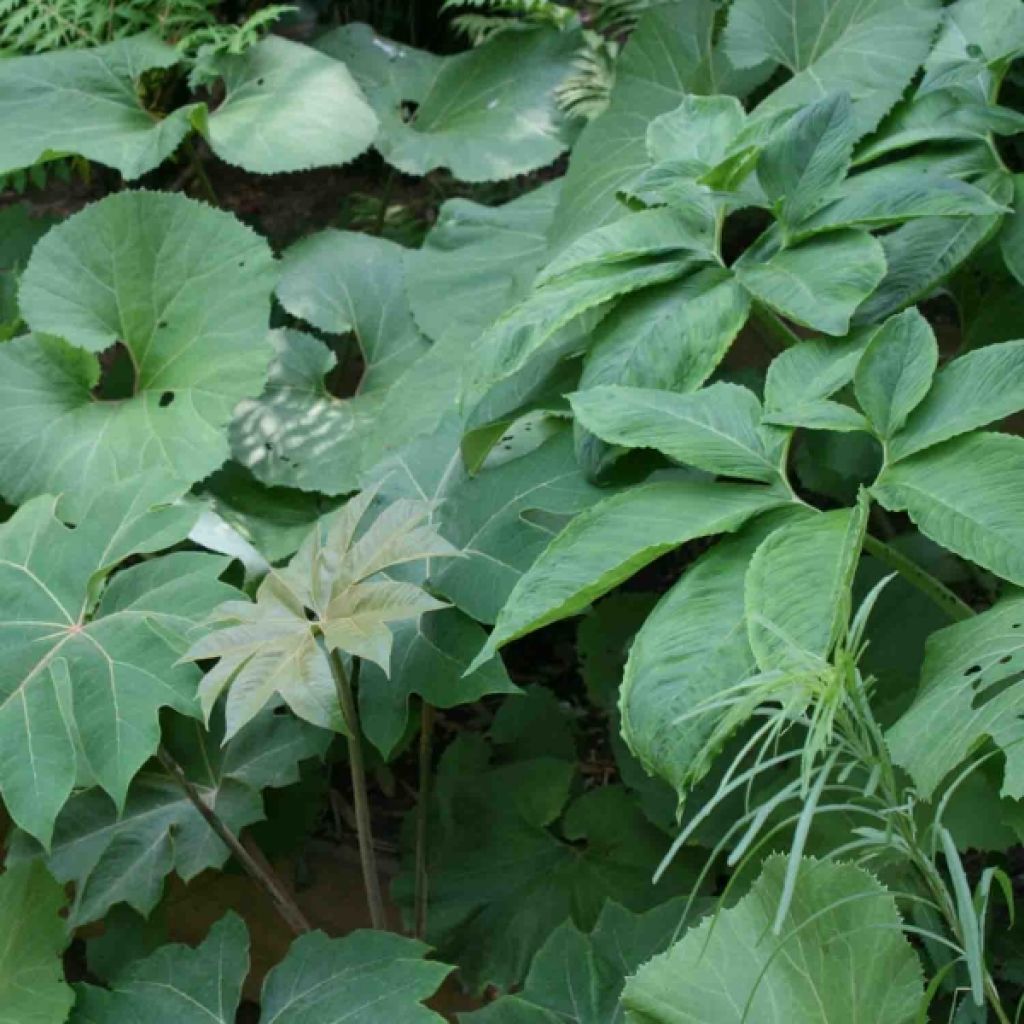

Sauromatum venosum
Sauromatum venosum
Sauromatum venosum
Voodoo Lily, Voodoo Bulb
This item cannot be shipped to the selected country
Delivery charge from €5.90
More information
Delivery charge from €5.90
More information
Schedule delivery date,
and select date in basket
This plant carries a 6 months recovery warranty
More information
We guarantee the quality of our plants for a full growing cycle, and will replace at our expense any plant that fails to recover under normal climatic and planting conditions.
From €5.90 for pickup delivery and €6.90 for home delivery
Express home delivery from €8.90.

Does this plant fit my garden?
Set up your Plantfit profile →
Description
Sauromatum venosum or Thyphonium venosum, sometimes called Arum cornu or Voodoo Lily, is a curious bulbous plant that will delight collectors of unusual plants. Its large, elongated cone-shaped flower, heavily marbled with crimson red on a light background, emerges from the ground in spring. It emits an unpleasant scent intended to attract pollinating flies for a few hours. After flowering, a single palmate leaf, carried by a long, wide, and decorative petiole, emerges from the ground. During its rest period, from October to March, the stump of this arum must be protected from humidity and severe frost. It should not lack water during the growth and flowering period, between March and September.
Sauromatum venosum belongs to the Araceae family, and is closely related to the white arum. It is a botanical species found on shady cliffs and in cool Indian Himalayan woodlands. Its hardiness is evaluated at -10 °C in a well-drained soil that does not retain water, under a thick layer of dead leaves. The plant is perennial through its tuberous root. Flowering occurs in spring, from April to June depending on the climate. Each tuber produces a flower that blooms at ground level. The inflorescence is an oblong, lanceolate spathe, measuring 30 to 70cm (12 to 28in) in length, yellowish to greenish-white, marbled with crimson purple, surrounding a prominent, upright purple spadix, longer than the spathe. This flowering emits noxious odours reminiscent of rotting meat for a few hours. After pollination by flies, numerous small blackish-purple berries form at the base of the spadix. The flowering is followed by the appearance of a large lush foliage, resembling an open hand, measuring 40 to 60cm (16 to 24in) in diameter. Each leaf is carried by a beautiful cylindrical stem, apple green with purple streaks, measuring 60 to 80cm (24 to 32in) in height. The lamina is divided into 9 to 11 lanceolate, shiny leaflets, traversed by prominent veins. The plant is toxic in all its parts.
Plant Sauromatum venosum in partial shade, in a cool woodland environment that it favors. It will accompany bamboos (Fargesia), hostas and other ferns. You can also grow it in a pot to display its unique beauty on a terrace and protect it from cold and damp winter weather. This will allow you to move it away for a day or two when its scent becomes overpowering, and to bring it indoors in winter to a cool, even dark, place where it does not freeze too severely. Fans of original Araceae plants can also adopt a Dracunculus vulgaris or a Sauromatum giganteum or Typhonium.
Plant habit
Flowering
Foliage
Botanical data
Sauromatum
venosum
Araceae
Voodoo Lily, Voodoo Bulb
India
Other Summer bulbs A to Z
Planting and care
Sauromatum venosum likes soils that are rich in humus, light and moist, but very well-draining. The soil should never dry out in summer, but on the contrary should never be waterlogged in winter. In case of excessive winter humidity, the bulb will rot. Expose them to partial shade, at the edge of large trees, with west being the best exposure. In heavy soil, you will add 1/3 leaf compost and 1/3 non-calcareous sand, which you will mix with your topsoil to a depth and width of 20-25cm (8-10in). Plant the bulb on a small bed of perlite, at a depth of 6-8cm (2-3in) (this will prevent rotting in winter) and cover it with your substrate. Mulch the stump in winter with a thick carpet of dead leaves, this will help limit excessive moisture.
In a pot, use a wider than tall terracotta pot filled with a substrate composed of half perlite or vermiculite and half leaf compost preferably. Bury the bulbs 6-8cm (2-3in) underground and keep them moist, but not waterlogged. In winter, store your pot frost-free and maintain a very slight coolness, a few drops of water every 15 days will suffice. Resume watering only in early spring, around April, as soon as the bulbs start to emerge.
Planting period
Intended location
Care
Hardy summer bulbs
Haven't found what you were looking for?
Hardiness is the lowest winter temperature a plant can endure without suffering serious damage or even dying. However, hardiness is affected by location (a sheltered area, such as a patio), protection (winter cover) and soil type (hardiness is improved by well-drained soil).

Photo Sharing Terms & Conditions
In order to encourage gardeners to interact and share their experiences, Promesse de fleurs offers various media enabling content to be uploaded onto its Site - in particular via the ‘Photo sharing’ module.
The User agrees to refrain from:
- Posting any content that is illegal, prejudicial, insulting, racist, inciteful to hatred, revisionist, contrary to public decency, that infringes on privacy or on the privacy rights of third parties, in particular the publicity rights of persons and goods, intellectual property rights, or the right to privacy.
- Submitting content on behalf of a third party;
- Impersonate the identity of a third party and/or publish any personal information about a third party;
In general, the User undertakes to refrain from any unethical behaviour.
All Content (in particular text, comments, files, images, photos, videos, creative works, etc.), which may be subject to property or intellectual property rights, image or other private rights, shall remain the property of the User, subject to the limited rights granted by the terms of the licence granted by Promesse de fleurs as stated below. Users are at liberty to publish or not to publish such Content on the Site, notably via the ‘Photo Sharing’ facility, and accept that this Content shall be made public and freely accessible, notably on the Internet.
Users further acknowledge, undertake to have ,and guarantee that they hold all necessary rights and permissions to publish such material on the Site, in particular with regard to the legislation in force pertaining to any privacy, property, intellectual property, image, or contractual rights, or rights of any other nature. By publishing such Content on the Site, Users acknowledge accepting full liability as publishers of the Content within the meaning of the law, and grant Promesse de fleurs, free of charge, an inclusive, worldwide licence for the said Content for the entire duration of its publication, including all reproduction, representation, up/downloading, displaying, performing, transmission, and storage rights.
Users also grant permission for their name to be linked to the Content and accept that this link may not always be made available.
By engaging in posting material, Users consent to their Content becoming automatically accessible on the Internet, in particular on other sites and/or blogs and/or web pages of the Promesse de fleurs site, including in particular social pages and the Promesse de fleurs catalogue.
Users may secure the removal of entrusted content free of charge by issuing a simple request via our contact form.

































